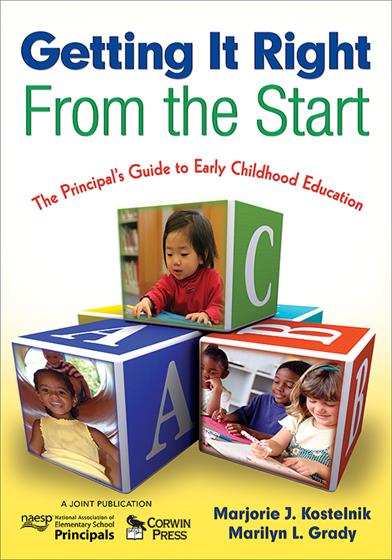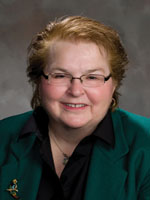Preface
About the Authors
1. Early Childhood Education: An Expanding Enterprise!
Increasing Family Demand
Early Learning Imperatives
Children at Risk of School Failure
Reducing the Achievement Gap: Starting Early
Early Childhood Education: A Sound Investment
Principals’ Roles: Laying the Groundwork
2. Quality Makes ALL the Difference
The Corrosive Impact of Poor Quality
High-Quality Defined
Leadership and High Quality
Becoming an Early Childhood Leader
Principals’ Roles: Achieving High Quality
3. Breaking New Ground: Getting Involved in Early Childhood Education
What Exactly Is Early Childhood Education?
Becoming Familiar With Early Childhood Culture
School Principals as Culture Brokers
Principals’ Roles: Getting Involved in Early Childhood Education
4. Early Childhood Education: Stakeholders
Identifying the Stakeholder
Collaboration
Give Voice to Stakeholders
Actions and Considerations
Principals’ Roles: Working With Stakeholders
5. Developmentally Appropriate Practice
Fundamental Principles of DAP
Developmentally Inappropriate Practice (DIP)
Applying DAP Requires Judgment
The Sounds of DAP!
Empirical Support for DAP
Common Questions About DAP
Principals’ Roles: Supporting DAP
6. The Principal’s Guide to How Young Children Develop and Learn
The Essential Nature of Young Children
How Young Children Develop
How Young Children Learn
What Children Are Learning
Principals’ Roles: Supporting Child Development and Learning
7. Early Childhood Curriculum
What Constitutes the Early Childhood Curriculum?
‘Goodness of Fit’ Between Early Education and Later Schooling
Implementing the Early Childhood Curriculum
Activities to Look for in Early Childhood Classrooms
Principal’s Roles: Curriculum
8. Learning Centers & Classroom Routines
Typical Learning Centers for Young Children
Skills Teachers Need to Run Effective Centers
How Classroom Routines Support Curricular Goals
A Typical Day for Children
Principals’ Roles: Centers and Routines
9. Early Childhood Assessment
Key Considerations
Authentic Assessment
Strategies to Guide Learning and Improve Instruction
Strategies for Identifying Children’s Special Needs
Assessing Early Childhood Programs and Learning Contexts
Pros and Cons of Standardized Assessment
The Principals’ Roles: Promoting Authentic Assessment
10. Early Childhood Education: Family Involvement
Through the Eyes of the Families
Looking Inside and Looking Outside
Suggestions for Families
Through the Eyes of Teachers
Parents Want Communication With the School
Family Roles
Principals’ Roles: Family Involvement
11. Early Childhood Teachers
Teachers Matter
The Critical Function of Principals
Characteristics of ‘Good’ Teachers
Formal Teacher Qualifications
Translating Teacher Standards Into Practice
Principals’ Roles: Supporting Early Childhood Teachers
12. Finding and Keeping Good Teachers
Shortage of Qualified Early Childhood Teachers
Looking for Teachers to Support Diverse Children and Families
Reducing Staff Turnover
Principals’ Roles: Hiring and Retaining Good Teachers
13. Physical Environments That Support Early Learning
Environmental Propositions
How Physical Environments Influence Child Development and Learning
Fundamentals of Environmental Planning
Physical Requirements of Activity-Based Instruction
Equipping Early Childhood Classrooms
The Great Outdoors!
Principals’ Roles: Creating Optimal Early Learning Environments
14. Early Childhood Education: Funding
Funding Sources
History of Federal Funding
State Funding
Local Funding
Start-Up Costs
Administrator Voices
Principals’ Roles: Funding
15. Action Summary
Tool A. Learning Center Checklist
Tool B. Key Instruments Used Nationally for Evaluation of Children in ECE Programs
Tool C. Daily Literacy Checklist P3
Tool D. Daily Numeracy Checklist P3
Tool E. Guidelines for Structuring Informative On-Site Observations
Tool F. Sample Interview Questions for Teacher Candidates
Tool G. Early Childhood Safety & Health Checklist
Tool H. Physical Requirements of Small Group Activity Centers
Tool I. ECE Classroom Equipment List
Tool J. Indoor Environment Checklist
References
Index




